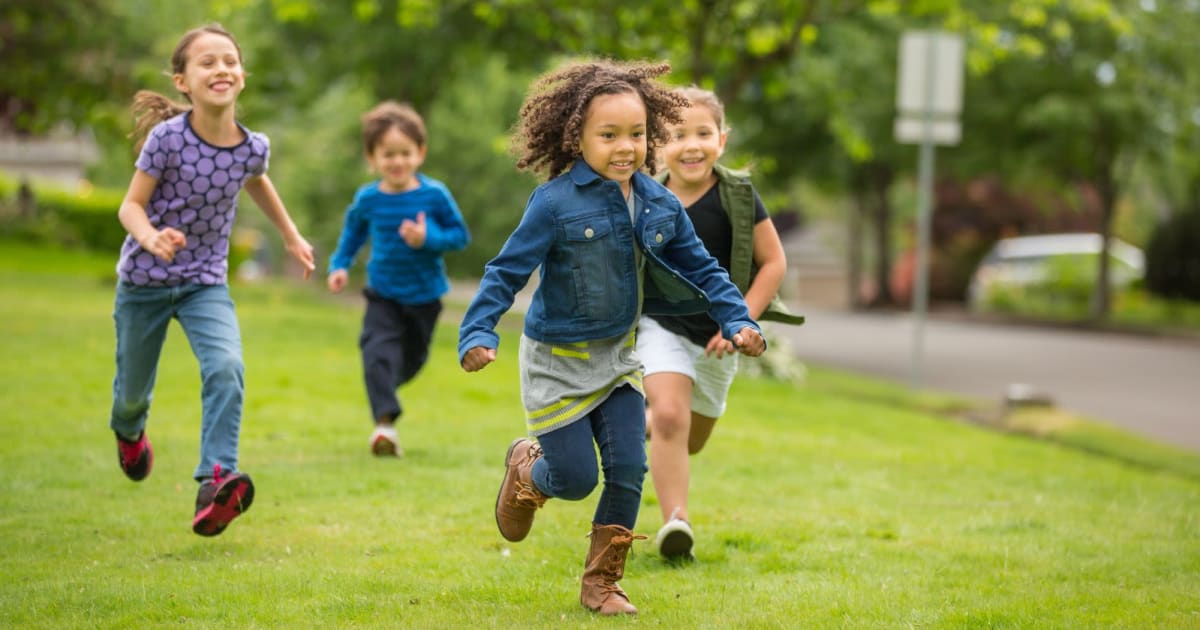By Jon Franklin, Chief Economist
Across Europe, the UK’s children rank lowest for wellbeing – a situation that continues to worsen every year. Yet, parents, caregivers, educators, healthcare providers, and organisations supporting young people remain united in their focus on ensuring children’s happiness and wellbeing. We want our young people to build self-esteem, find satisfaction in their lives, navigate difficulties with resilience, and maintain a positive outlook for the future. The Children’s Wellbeing and Schools Bill aims to strengthen the policy frameworks to support exactly this, including important provisions on safeguarding vulnerable young people, provision of breakfast clubs in primary schools and regulation of independent educational institutions.
And a renewed focus on children and young people’s wellbeing can’t come soon enough. As our report, Charting a happier course for England’s children: the case for universal wellbeing measurement, highlighted we’re facing a children’s wellbeing crisis. 197,000 young people left secondary school with low levels of wellbeing in 2022. That’s the same as the total population of Milton Keynes or the equivalent of six children in the typical secondary school class of ‘22.
Reversing this trend should, quite rightly, be a priority for legislation. Not only would it improve the quality of life for millions of young people right now, but unhappy children are likely to become unhappy adults, with poor wellbeing and socio-emotional outcomes as a teenager linked to lower wellbeing as an adult. If the UK doesn’t take action to address this crisis in children and young people’s wellbeing, then there is potential that it will continue to blight the quality of life of adults for decades to come.
But what is a realistic target for children’s wellbeing? What should we be aiming for as a society? We believe that the Netherlands provides a powerful example of what better outcomes can look like for young people. Data from the most recent OECD PISA study suggests that the average 15-year-old in the Netherlands rated their life satisfaction at 7.3 out of 10, compared to an average score in the UK of 6.1. Closing this 1.2 point gap in children’s wellbeing against the Netherlands would make a huge difference to our young people’s lives – the equivalent of double the improvement in wellbeing experienced when an adult finds a job after being unemployed.
And the benefits from closing this gap would be huge. We estimate that closing the gap in wellbeing outcomes between the UK and the Netherlands for secondary school age children would provide around £82 billion in wellbeing benefits every year, based on HM Treasury methodologies. This is the equivalent of more than £18,000 worth of annual benefits for the average young person in the UK, from their immediate improvements in quality of life alone. And this is before we then add-in the longer term benefits of improved outcomes as an adult or the reductions in costs for the education, health and social services as happier children require less crisis support over time.
Such a change can’t happen overnight and will require broad changes right across our health and education systems. The Children’s Wellbeing and School Bill can play an important role in this. However, while the Bill contains many important provisions relating to children, we believe it needs to go further in terms of supporting the development of evidence around the challenges our young people face and what works in supporting them.
Including a commitment to national wellbeing measurement for young people within the Bill would provide a key foundation stone from which we can build this evidence. And at an estimated cost of around £20 million per year, a system of universal young people’s wellbeing measurement is likely to offer good value for money – it would need to help close less than 0.1% of the gap in wellbeing outcomes for secondary school age children against the Netherlands for the benefits of the programme to outweigh its costs.
We know that data on its own cannot solve the crisis in children’s wellbeing, but when combined with the commitment, insight and expertise of teachers, youth workers, and young people themselves it can provide a framework to help the design, targeting and evaluation of the support that will make a real difference. As Lord Gus O’Donnell, Former Cabinet Secretary has said, “How do you have a children’s wellbeing bill without any attempt to measure their wellbeing across the country? There is a lot to welcome in the Bill but this gap is a fundamental flaw.”
